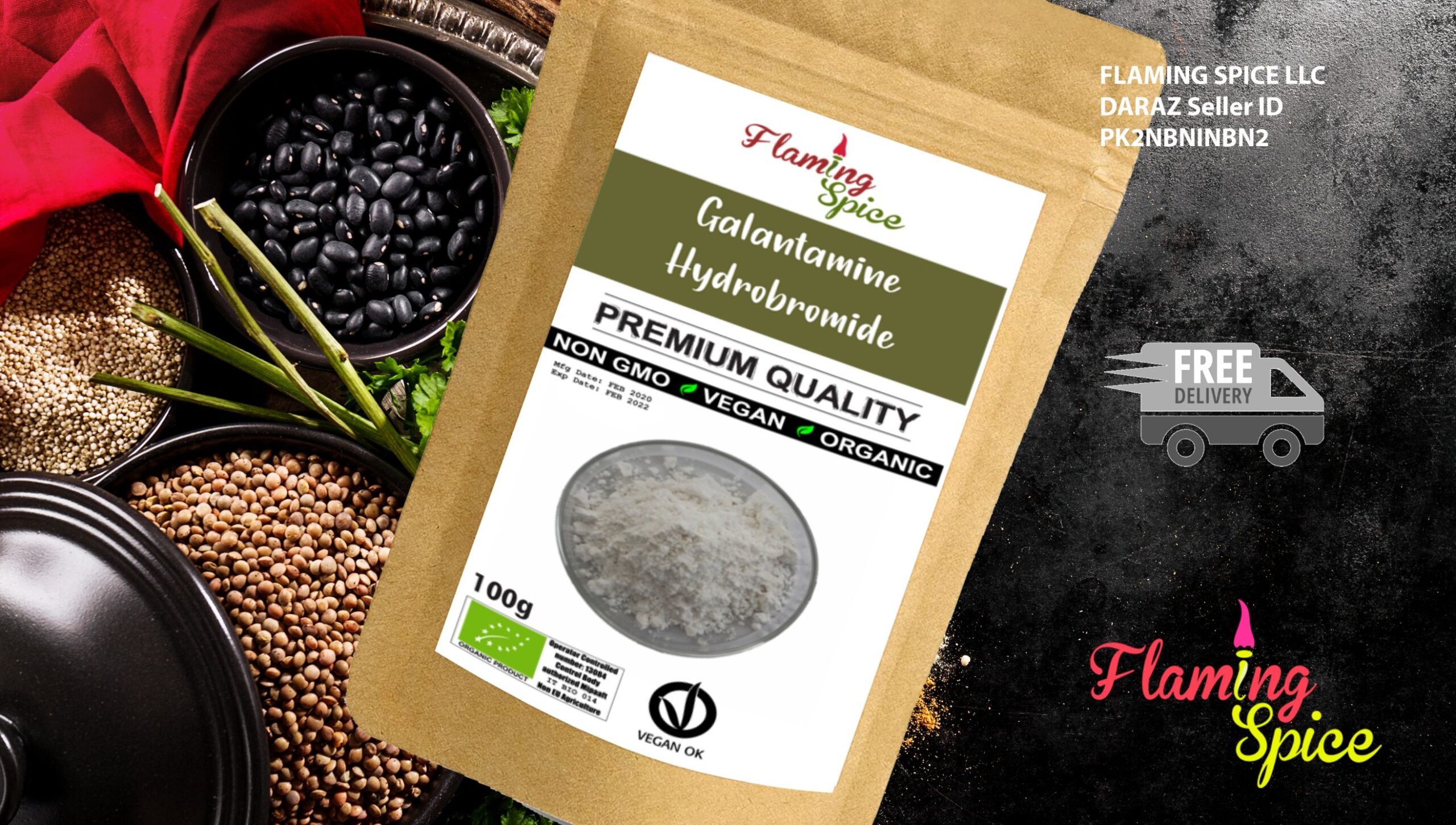
Patients who have a proven hypersensitivity to galantamine hydrobromide powder or any of the excipients used in the formulation do not take RAZADYNE ER or RAZADYNE. You can read more from this official site.
PHARMACOLOGY IN CLINICAL PRACTICE
Action Mechanisms
Although the cause of cognitive dysfunction in Alzheimer’s disease (AD) is unknown, it has been documented that acetylcholine-producing neurons in Alzheimer’s disease patients’ brains degenerate. The degree of cholinergic loss has been linked to cognitive dysfunction and the density of amyloid plaques (an Alzheimer’s disease neuropathological hallmark).
Galantamine is a tertiary alkaloid that inhibits acetylcholinesterase competitively and reversibly. Although the exact mechanism of galantamine is unclear, it is thought to have a therapeutic effect by improving cholinergic function. This is achieved by reversibly inhibiting cholinesterase’s hydrolysis of acetylcholine, thus increasing its concentration. If this mechanism is right, galantamine’s effect can diminish as the disease progresses, and fewer cholinergic neurons remain functional. Galantamine does not seem to affect the direction of the underlying dementing mechanism.
Pharmacokinetics is the study of how drugs work in the body.
Galantamine’s pharmacokinetics was linear over a dosage range of 8-32 mg/day.
Distribution and Absorption
Galantamine takes about an hour to reach its peak concentration. Galantamine has an absolute bioavailability of around 90%. The AUC of galantamine was unaffected by food, but Cmax was reduced by 25%, and Tmax was delayed by 1.5 hours when galantamine was provided with food. Galantamine’s average sales volume is 175 liters.
At therapeutically important concentrations, galantamine binds to 18% of plasma proteins. Galantamine is primarily distributed to blood cells of whole blood (52.7 percent ). Galantamine has a blood-to-plasma concentration ratio of 1.2.
Elimination And Metabolism
Hepatic cytochrome P450 enzymes metabolize galantamine, which is then glucuronidated and excreted unchanged in the urine. In vitro studies show that the main cytochrome P450 isoenzymes involved in the metabolism of galantamine are CYP2D6 and CYP3A4, and inhibitors of both pathways increase galantamine oral bioavailability modestly. CYP2D6-mediated O-demethylation was higher in extensive metabolizers than in low metabolizers. However, unchanged galantamine and its glucuronide accounted for most of the sample radioactivity in plasma from both weak and comprehensive metabolizers.
Unchanged galantamine and its glucuronide accounted for the majority of plasma radioactivity in both weak and extensive CYP2D6 metabolizers in studies of oral 3H-galantamine. Unchanged galantamine accounted for 39-77 percent of overall radioactivity in the plasma up to 8 hours after the dose, while galantamine glucuronide accounted for 14-24 percent. By the seventh day, 93-99 percent of the radioactivity had been recovered, with 95 percent in urine and just 5% in feces. On average, urinary retrieval of unaffected galantamine accounted for 32 percent of the dose, while that of galantamine glucuronide accounted for another 12 percent.
In 24 hours after i.v. or oral administration, about 20% of the dose was excreted in the urine as unchanged galantamine, corresponding to renal clearance of about 65 mL/min, or about 20-25% of the overall plasma clearance of about 300 mL/min. The terminal half-life of galantamine is approximately 7 hours. If you want to know more information, you can use this link.
For more articles visit this website





